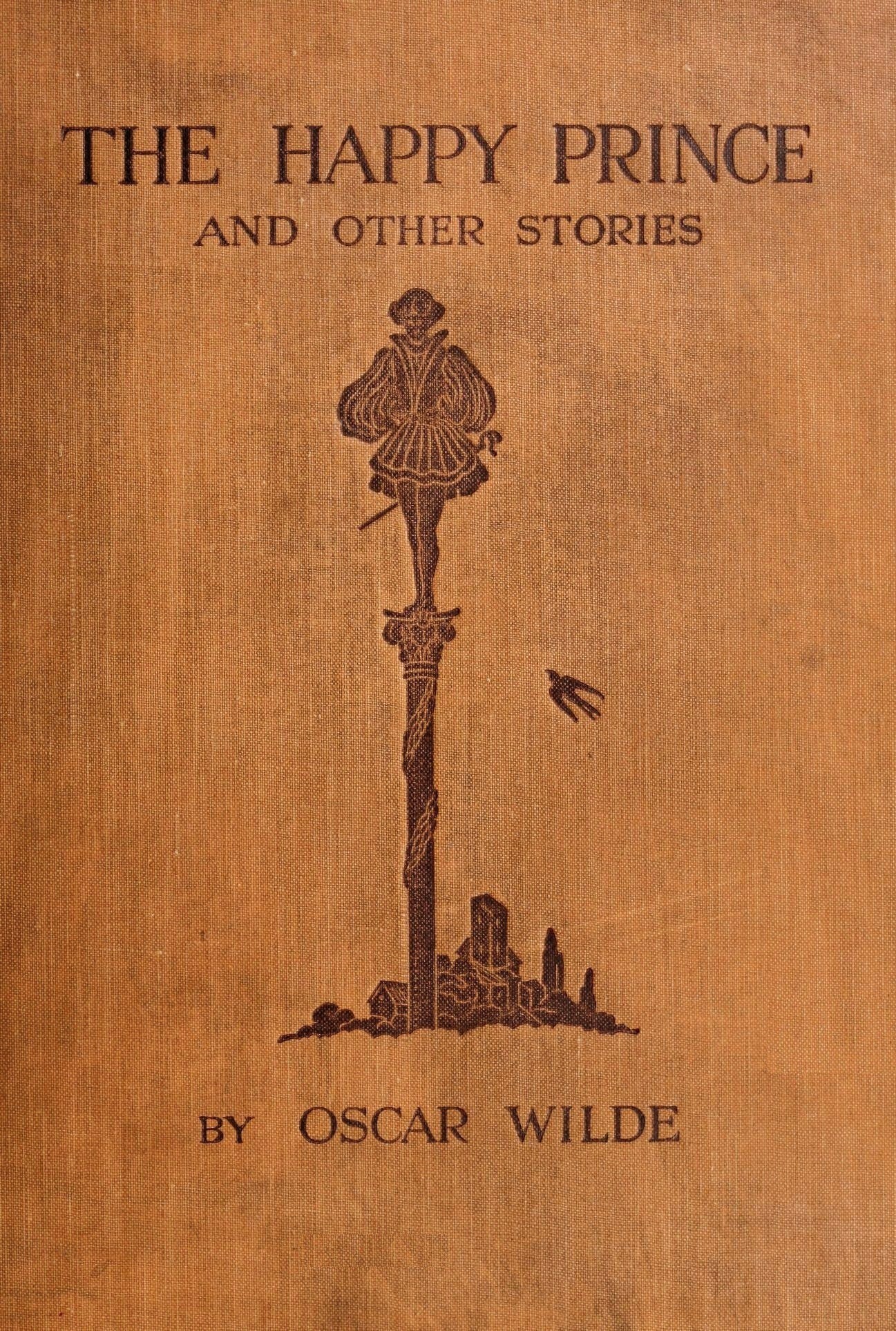Chayatsuji is a pattern which traditionally depicted waterside scenes in summer kimono which are dyed in indigo and complemented by orange-yellows. The term Chaya, refers to Chaya-zome (Chaya dyed) after its origins from the Chaya family (active circa 1575) member Chaya Munekiyo (1593-1627).[4][5] It is guesstimated that this process of going from a dye to design process, helped to inspire Miyazaki Yuzen (1654-1736) in the creation of his fan paintings on Kosode.[1]
The Chaya family were an influential Daimyo family in the late Sengoku Jidai (1568-1600).[5] During the early Sengoku Jidai, they adopted a wandering Ronin ( 浪人 | clan-less warrior ) from the Nakajima family whom they designated as Chaya Shirojiro ( しろじろきよのぶ | 1545-1596 ) I. Shirojiro I became a Komin, setting up a shop in Kyoto selling fabric to his wealthy friends who introduced him to more Komin pursuits like lacquerware and making tea ceremony paraphenalia.[4] During this time, he befriended people like Honnami Koetsu ( 本阿弥 光悦 | 1558-1637)[4] and Matsudaira Hirotada ( 松平 広忠 |1526-1549).[6] This proved useful later when Matsudaira's son, Tokugawa Ieyasu ( (徳川家康 | 1543-1616) needed a squire for which Shirojiro I, sent Shirjiro II to fill the job vacancy.[6]
The origins of the Chaya-tsuji motif comes from the Kambun era (1661-1673) when the design was first printed on Hemp Katabira (帷子) Kimono. Katabira being the predeccessor of Hitoe Kimono and Yukata. The first text appearance of the motif is in the On-Hiinakata (first Kosode pattern book; 1667) which uses the dye Chaya-zome as a ground colour for the Kosode. It is thought the Chaya wholesale store made popular Kosode with waterside motifs using indigo dye, which is how the Chayatsuji motif came to be born at least by the beginning of the Enpo period (1673-1681), during which time this referred to a graduated dye pattern of indigo and light oranges or yellow-greens worn by women.[1][4] By the Genroku period (1688-1704) a technique called Noribosen (two sided resist paste stencil) was created. After this time the stencil depicted delicate patterns, often related to water or fans, and Chayatsuji was born.[1]
With the introduction and popularity of Yuzen-zome, the fad of Chaya-zome and Chayatsuji waned as Yuzen designs took over by 1705.[1] These were changes driven by the wealthier Chonin classes though as:
when the Sankin Kotai was enacted [...] from 1635 [this lead to] the rise of the new Chonin class. This changed [...] by 1685 in reaction from the Bakufu by their growing rich people disgust of the merchant classes spending said money. This came in the form of the sumptuary laws, and saw the rise of more covert expenditure, and eventually this meant the start of hierarchical fashion laws (and their cultural reaction of 'Iki') [...] in a bid to curb the outragerous spending habits of Osaka merchants and Edo Chonin in the creation of GKTC (1688-1704).[2]During this bout of sumptuary laws, one of these such initiatives to keep the Bakufu afloat and I quote 'Yoshimune found it necessary to shelve certain Confucian principles that were hampering his reform process.'[3] In other words, he threw out centuries old principles because he was cash strapped, but is still ordering his subjects to go without and lecturing them on their spending habits. Some things never do change do they? Either way, Yoshimune enacted the Kyoho reforms ( 享保の改革 |1736 sumptuary and rice-as-money restructuring reforms), and Chaya-zome Kosode, which was an expensive Kosode to own and have made, were dropped by the Chonin inline with more Iki styles. Samurai ladies though had other ideas and began wearing them, and down the years the patterns became smaller and smaller until it was accepted by the cultural elites as a motif rather than a whole design by 1711.[1]
By 1850, the design was considered so bourgeois that it was part of the domestic court dress of Edo castle for the ladies in waiting to wear. It was at this point, that the motif became fixed as it is known today. Today the pattern is worn mostly on Houmongi (formalwear Kimono) and Tomesode (black formalwear Kimono).[1]
Bibliography
[1] https://www.japanese-wiki-corpus.org/culture/Chayatsuji.html
[2] See A man of Yoshiwara in Bijin #12
[3] https://en.wikipedia.org/wiki/Ky%C5%8Dh%C5%8D_Reforms#Purpose_of_the_reforms
[4] Japanese Art, Aesthetics, and a European Discourse: Unraveling Sharawadgi, Wybe Kuitert, 2014, No.27, p.86, Japan Review
[5] Japan Encyclopedia, Louis Frederic, 2002, p.109
[6] https://en.wikipedia.org/wiki/Chaya_Shir%C5%8Djir%C5%8D
[7] See The Town Painter in Bijin #15
Social Links:
Linktree (One click to all and extended Links): https://linktr.ee/Kaguyaschest
https://www.etsy.com/uk/shop/KaguyasChest?ref=seller-platform-mcnav or https://www.instagram.com/kaguyaschest/ or https://www.youtube.com/channel/UC5APstTPbC9IExwar3ViTZw https://www.pinterest.co.uk/LuckyMangaka/hrh-kit-of-the-suke/
.jpg)

_or_later_-_Swallow_on_Flowering_Peach_Branch_-_1941.287_-_Cleveland_Museum_of_Art.jpg)


